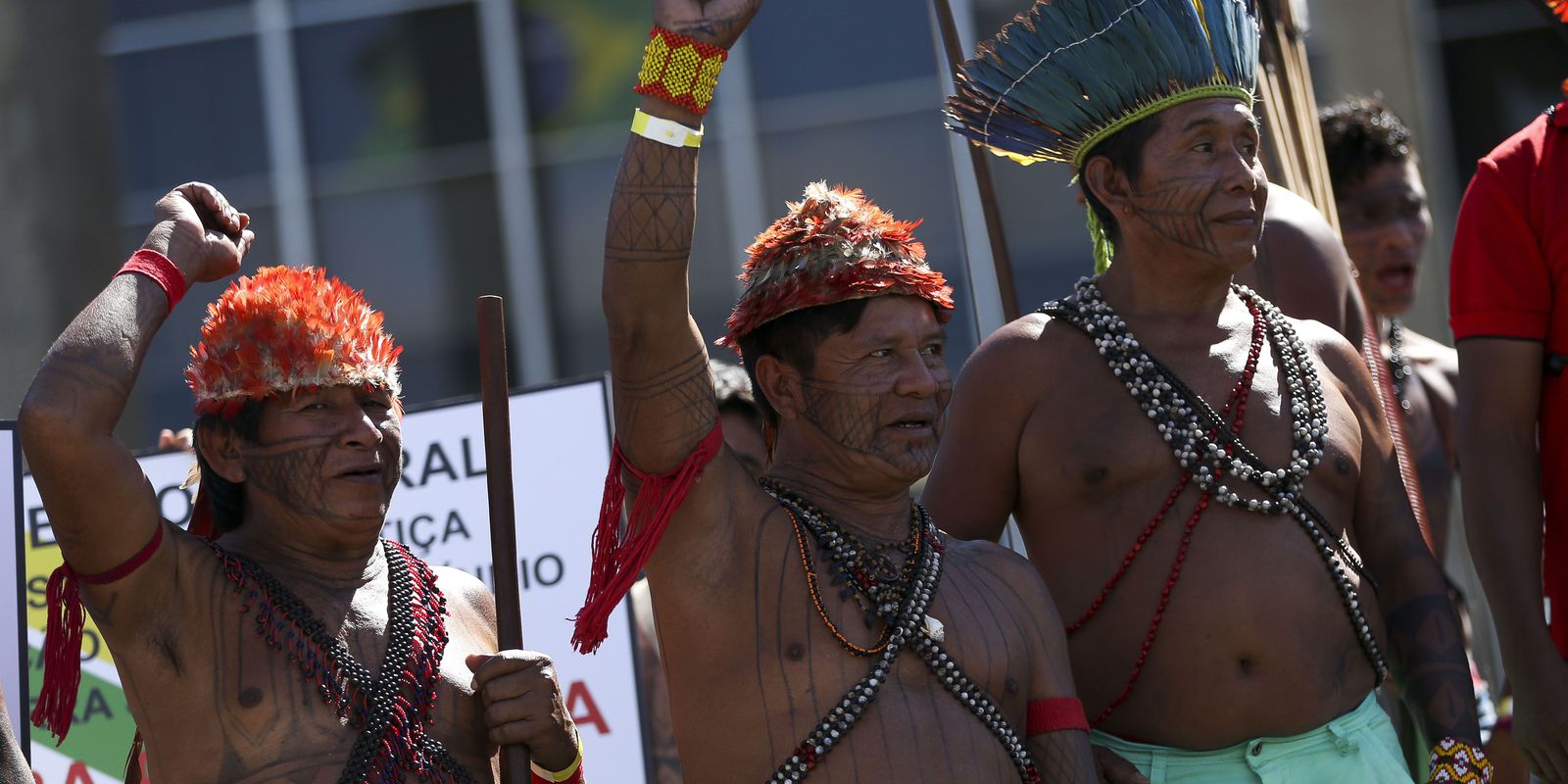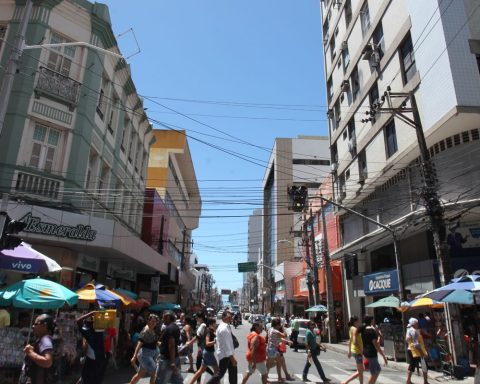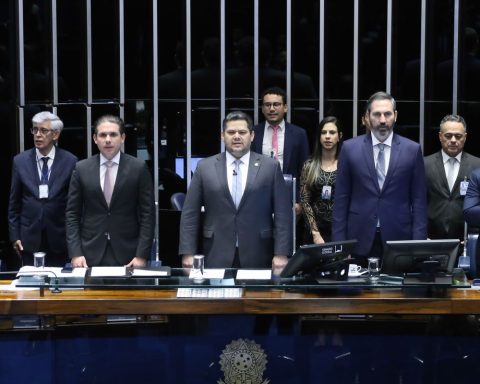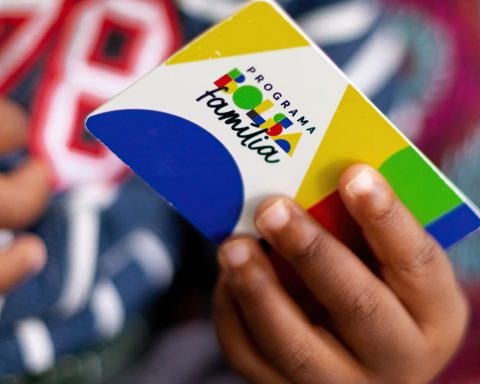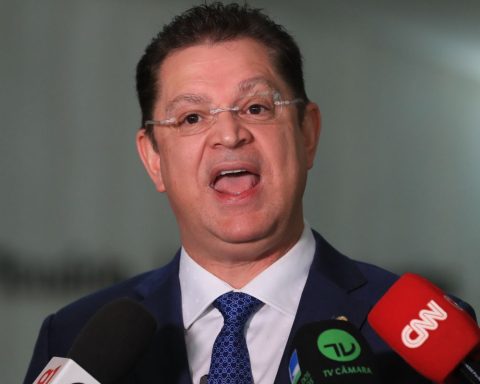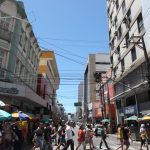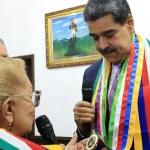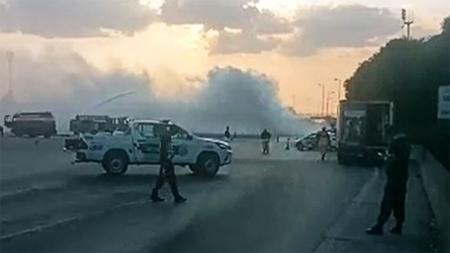Currently, 18 Munduruku leaders are under death threat, according to a survey by the indigenous people themselves. Located on the upper course of the Tapajós River, in Pará, the Munduruku Indigenous Land (TI) covers 2,382 thousand hectares and is one of the three indigenous lands that concentrate 95% of illegal mining in the country, along with the Yanomami and Kayapó territories. The area is equivalent to 2,000 soccer fields. In the region, activity has intensified since 2016.
The recent demobilization of mining in Yanomami lands, in Roraima, the Munduruku fear that the problem will get even worse. Indigenous leaders point out that retaliation normally occurs after the withdrawal of garimpeiros.
Last week, Yanomami leaders in Amazonas denounced the entry of prospectors into the region of Pico da Neblinafrom Roraima.
Among the threatened leaders who had to leave their homes under pressure from criminals is Maria Leusa Munduruku, coordinator of the Munduruku Wakoborũn Women’s Association. She says that she made the decision to go into hiding to stay safe, for the first time, during the government of Jair Bolsonaro.
Since 2018, he has suffered threats and already has two periods in which he had to leave everything behind. In the first one, she left with her husband and children. Last time, she left the territory with about 35 of her family members.
In May 2021, Maria Leusa, who became a leader when she was still in high school, saw her house, in the municipality of Jacareacanga, southwest of Pará, be burned down by TI invaders.
fight against mining
The Instituto Socioambiental (ISA) says that, in May 2021, Munduruku leaders called on partner organizations to denounce the fire at the small indigenous village Fazenda Tapajós. The perpetrators of the crime were prospectors, who reacted shortly after Operation Mundurukânia, which fought clandestine mines in the region.
The action included agents from the Federal Police (PF), National Force, the Brazilian Institute for the Environment and Renewable Natural Resources (Ibama) and the National Indian Foundation (Funai).
“In March 2021, they vandalized the headquarters of the associations, within the municipality of Jacareacanga and, in May 2021, they burned and attacked the village of Maria Leusa. A better articulation is needed in this regard, so that we can safeguard our leaders and their territory. Self-demarcation and inspection are the two most important actions of the movement, for example, on this year’s agenda”, reports anthropologist Rosamaria Loures, who also acts as an advisor to the Munduruku people.
With regard to illegal mining, at the end of November 2022, the Federal Public Ministry (MPF) requested information from the PF and Ibama on measures to combat the activity in the area of TI Munduruku, located in southwest Pará.
The MPF considered the damage “a dantesque scenario”. A month earlier, the MPF had already reiterated its request to the Federal Court, for the Union, Ibama and Funai to articulate an emergency action to confront the mining.
According to MapBiomas survey, in the Munduruku TI alone, there are 21 airstrips, which raises the alarm for the presence of prospectors in the area. Most of them (80%) are at a distance of 5 kilometers or less from a gold mine.
Operations
Leaders claim that, following the repression of crimes committed in indigenous lands, there is retaliation on the part of criminals, an aspect that worries specialists.
For anthropologist Rosamaria, the work of government security forces must be continuous, and not just in isolated operations.
“It turns out that these operations that are taking place in Mundurukânia [Vale do Tapajós] later bring many problems to the leaders”, he says.
According to Maria Leusa, former president Jair Bolsonaro’s attacks on indigenous peoples made it difficult for the Munduruku to resist. “The first threat was from the government itself [Bolsonaro]when he said he wasn’t going to demarcate a single centimeter of land”, says the leader, who, in 2018, was secretary of Indigenous Affairs for the municipality of Jacareacanga.
“And then the invaders take advantage of this evil speech to try to intimidate us. They go there, they come in with everything, with an excavator, they use our relatives with corruption, our relatives who fall into greed. That was a very sad reality. Many relatives went to greed,” he says.
Territory
According to ISA, in addition to harassment by the illegal mining chain, there are pressures by the electricity sectors, for the operation of hydroelectric plants, and by transport and infrastructure, due to the construction of waterways, railways and ports. This reality marked by violence makes leaders equate their conditions to those of refugees. This is because, when they leave their lands, they break contact with relatives, have reduced access to foods that are part of their diet and cut off interaction with their space.
The TI is inhabited by Munduruku, Apiaká and indigenous communities in voluntary isolation. Along with TI Sai Cinza and TI Kayabi, it comprises around 145 Munduruku villages. The Munduruku are still in the Middle Tapajós, in the Sawre Muybu and Sawre Ba’pin ILs, in addition to the Praia do Índio and Praia do Mangue indigenous reserves. A people present in Pará, Amazonas and Mato Grosso, who generally live on the banks of navigable rivers.
The name Mundurukânia refers to the Tapajós Valley, territory kept under SunMunduruku have been in existence since the end of the 18th century. According to ISA, the Munduruku population currently numbers around 14,000 people.
The Munduruku received this name from the Parintintins, a rival people. The denomination would mean “red ants”, an allusion to the profile of the Munduruku warriors, who attacked the territories of opponents en masse.
Government
The Brazil Agency contacted the Ministry of Justice and Public Security to find out about the model of security operations in indigenous lands and is awaiting a response.
